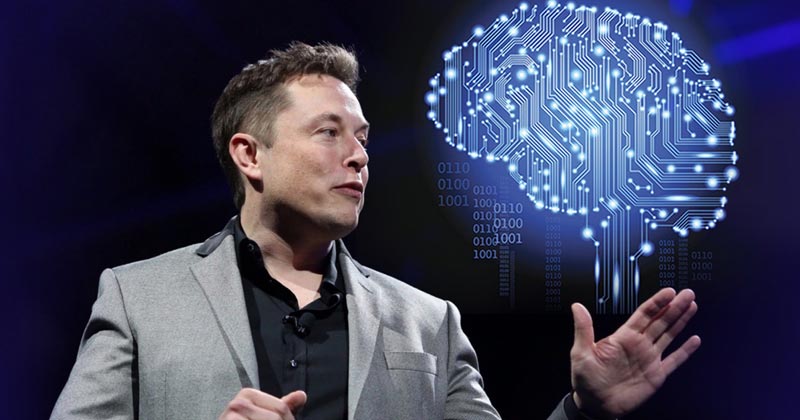For two years, a startup of Elon Musk has been researching the connection of brains with computers. Now the time has come: Firstly, the system should help paraplegics, but in the long term save all humanity from extinction.
When Elon Musk founds a company – and he does so quite often – it is always about everything, the salvation of the world, at least. So it is the declared goal of the automaker Tesla, the transition to sustainable energy to drive forward to secure the “future of humanity”. Musk wants to save our species with its SpaceX spacecraft by setting them up on Mars. And the startup Neuralink, which was founded two years ago, has no other task than to save mankind from an “existential threat”: from extinction by man-made artificial intelligence.
To prevent superior robots subjugating or destroying humanity, Neuralink is researching the connection between human brains and computers. According to Musk, the development of such a brain-machine interface has now progressed so far that he has now announced the first clinical tests on human patients. The study could begin early next year if the US authority approves.

What is Neuralink?
The system developed by Neuralink implants up to 1000 ultra-thin electrodes that record the activity of neurons and send it to a computer. This has been tested on laboratory animals so far, Musk said at a press conference. Rats were used and at least one monkey was the test subject and it was able to “control a computer” the entrepreneur acknowledged.
Download new language to the brain
In a first phase of human use, the Neuralink system is designed to enable patients who are paralyzed from the cervical spine to control smartphones or computers. In the future, it should be possible to write simply by presenting sentences to the user. Technological breakthroughs, according to Neuralink, on the one hand represent the electrodes. They are flexible and their diameter is only one quarter of the thickness of a hair. They should therefore not damage the brain structure. On the other hand, the company has developed its own robot that can implant these electrodes through laser-drilled holes in the skull.
The procedure is as simple as the laser for eye correction, said Neuralink boss Max Hodak. “We painlessly drill the holes in the skull with a laser, place the threads, seal the hole with a sensor and then go home.”

Neuralink’s long-term vision goes beyond helping the severely disabled. It is imaginable, for example, “downloading” a new language into the brain or digitally exchanging thoughts with others, says Hodak. Computer and brain would merge even if that sounds weird, Elon Musk explained. This development does not have to worry people. Such systems would remain voluntary. “It’s something you choose, if you want it.” Musk stressed.
It would take a long time for Musk to complete the realization of his vision. The first step is to help the sick and only in the long term to “secure the future of humanity”.


